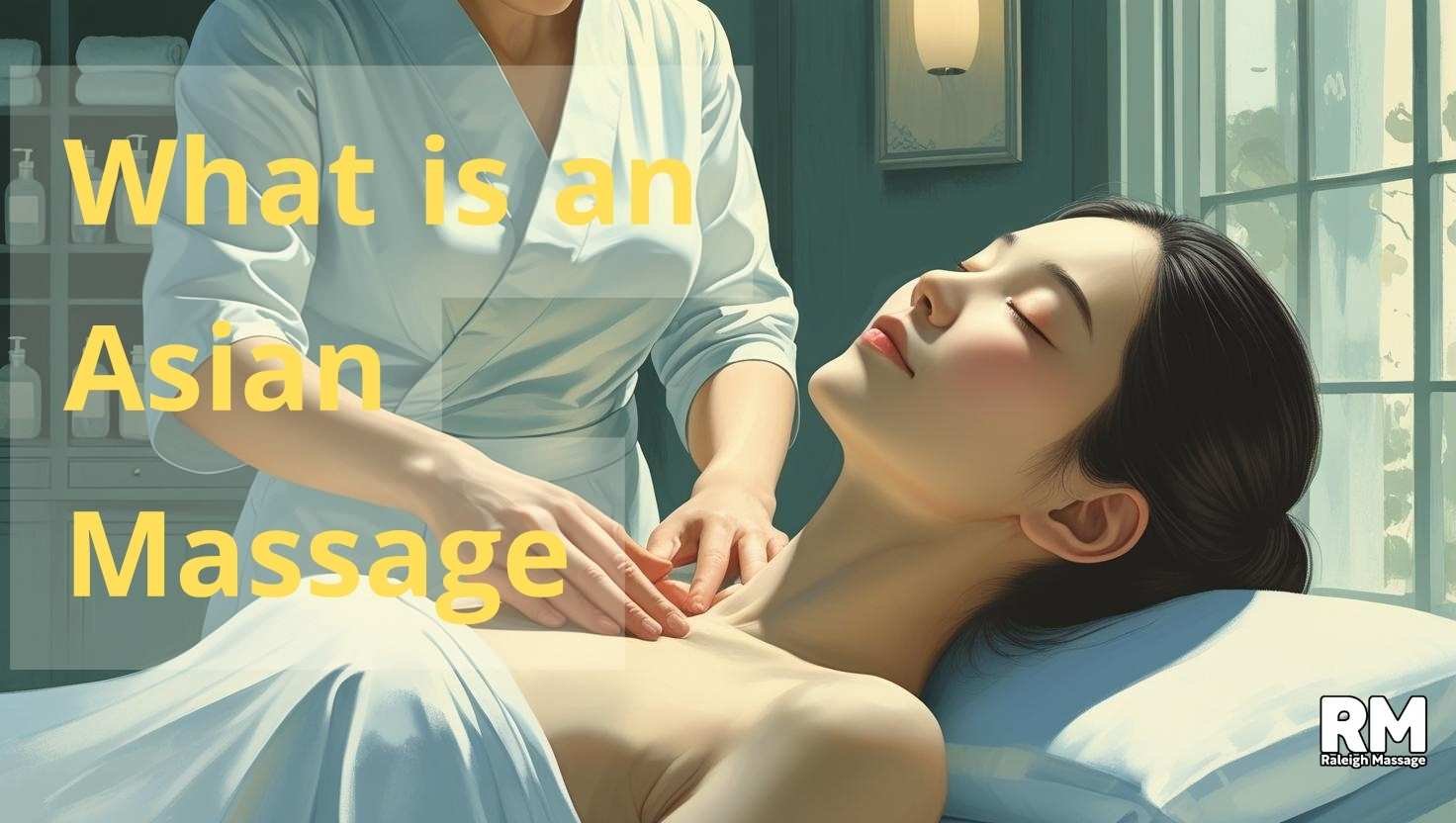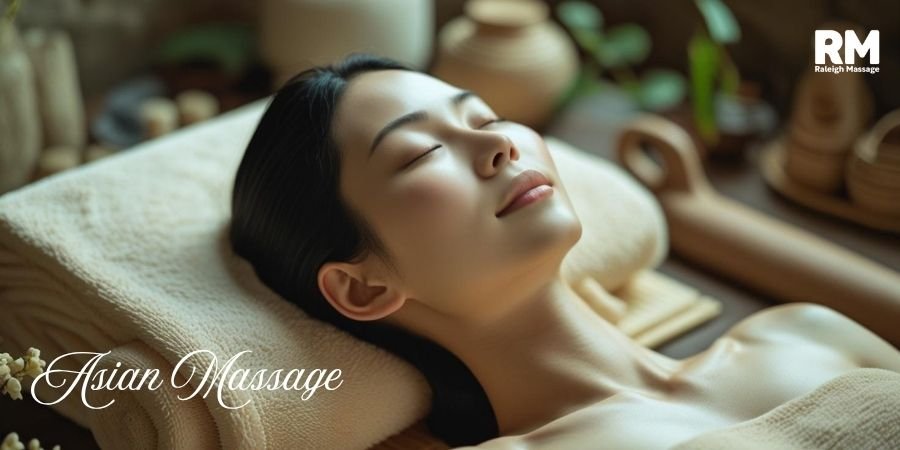When you imagine an Asian massage, you may imagine a person unwinding while listening to calming music and having their body kneaded by gentle hands, or you may imagine something a little more intense. In any case, an Asian massage is more than just a medical procedure; it’s a means of establishing a connection with your body, reducing stress, and finding some calm in your busy life.
Personal Experience with Asian Massage
I’ve had a lot of different kinds of massages in my life, but Asian massages are different in a good way. They have a huge number of techniques, each with its own style and way of doing things. Each type of massage is unique, whether it’s the deep, healing touch of Thai massage or the soft, healing strokes of a traditional Chinese massage. I wasn’t sure what to expect when I got my first Thai massage. At first, I was a little scared, but I quickly realized that the deep stretches and pressure points helped me relax both physically and mentally. I felt more balanced, lighter, and in touch with my body.
Why Do People Love Asian Massages?
Asian massages are so popular because they use healing methods that have been around for hundreds of years. Over the years, people have improved the techniques, which focus on balance, energy flow, and getting the body’s muscles and tendons in line. This is a whole-body approach, which is different from more traditional types of massage that focus on relaxing the body. Asian massages work on stress that is deep down and have long-lasting effects.
I was surprised at how much the small needle pricks helped my pain when I went to get acupuncture. It didn’t happen right away, but after a few sessions, I could feel the tightness in my back go away. This kind of massage isn’t just for relaxation; it’s also for getting your body back in shape. It’s like giving your body and mind a fresh start.
Types of Asian Massage
There are several different types of Asian massages, each with its own distinct methods. Here’s a quick look at some of the most popular ones:
- Traditional Chinese Massage (Tui Na): This one is focused on pushing, pulling, and kneading the muscles to improve circulation and restore energy flow.
- Thai Massage: You might have seen a Thai massage session on YouTube. It’s an active process that involves deep stretches, acupressure, and yoga-like postures. It works wonders if you’re dealing with tightness or mobility issues.
- Shiatsu: Originating from Japan, this massage uses finger and palm pressure to target acupressure points. It helps release blockages in energy flow and improves the overall health of your body.
- Aromatherapy Massage: It uses essential oils, typically from flowers or herbs, combined with gentle massage techniques. It’s perfect for someone looking to relax or reduce anxiety.
FAQs about Asian Massage
1. What is the main difference between a Thai massage and a Shiatsu massage?
Thai massage will be very energetic because of its stretches and yoga-like movements. The outcome is flexibility, with much less tension within Shiatsu rather than focusing more on pressing at certain energy points and generally like acupuncture.
2. Can an Asian massage help with chronic back pain?
Indeed, many traditional Asian bodywork treatments such as Tui Na from China and Thai massage can release chronic muscle pain through the release of tight muscles and improve the circulation and energy flow in areas blocked with chronic problems.
3. Is Asian massage safe for everyone?
Another current with being Asian massages is that although rather generally safe, they may not really be suitable for people having certain health conditions, like severe osteoporosis, muscle tears, or recent surgeries. It is rather important that you consult with your health provider prior to trying any type of deep tissue massage.
4. How often should I get an Asian massage?
It all depends on one’s individual needs as well as health goals. For some people, getting massages on a weekly basis will be helping in managing the stress and tension they hold, while for others once in a month may be enough. Your body and how it responds would be the best judge.
5. Does Asian massage involve oils or lotions?
It varies with the type of massage being provided. Thai massages, for example, do not usually entail the use of oils, whereas Shiatsu and aromatherapy massages do. If you are sensitive to oils, inform your therapist beforehand so that they can take care of it.









Your blog is a true hidden gem on the internet. Your thoughtful analysis and engaging writing style set you apart from the crowd. Keep up the excellent work!